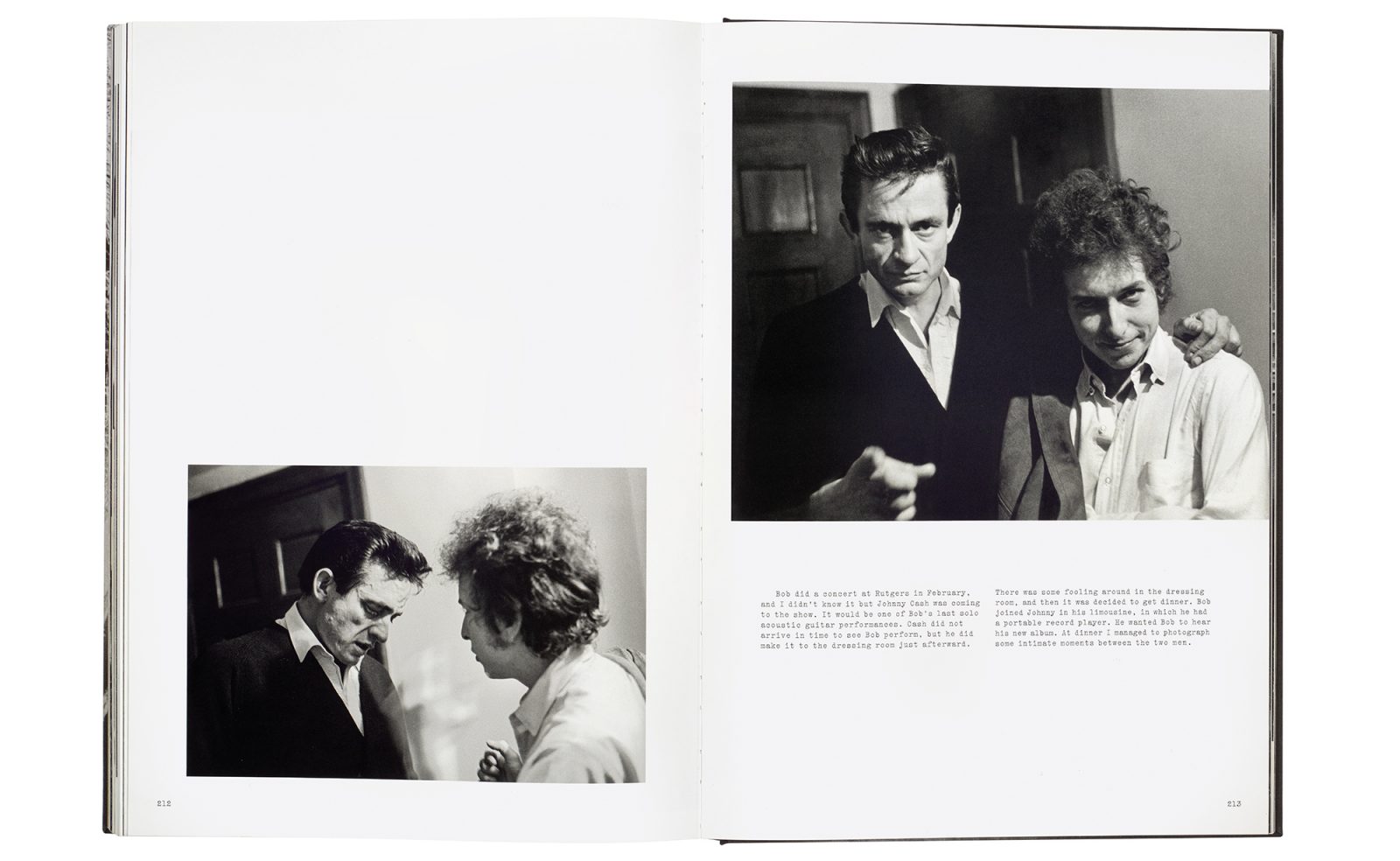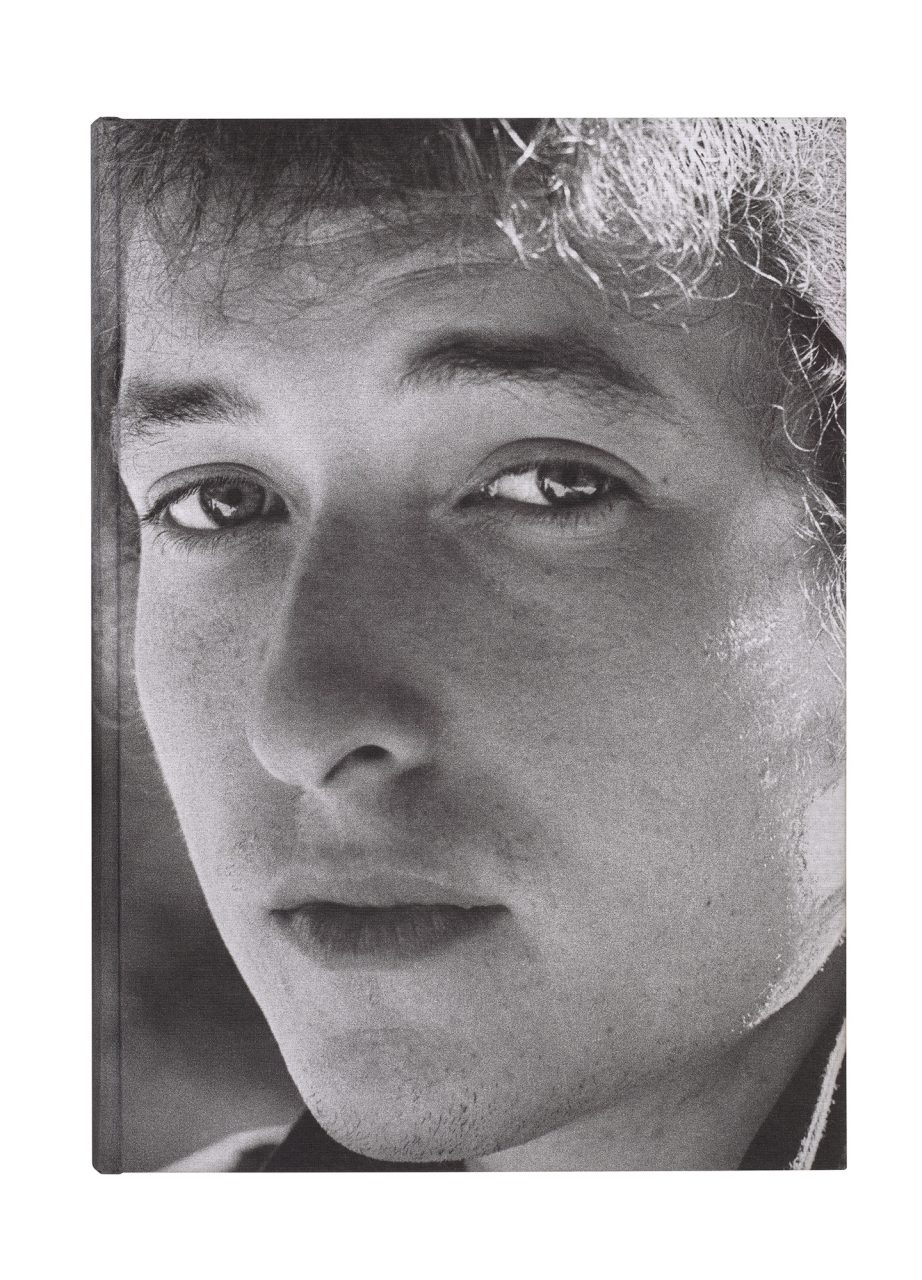On 20 July 1965, Bob Dylan, star of the Greenwich Village folk scene, exploded onto the pop charts. In the six minutes and thirteen seconds that it took for ‘Like a Rolling Stone’ to debut on US radio, Dylan had virtually created grown-up rock music. But his spectacular reinvention had not just happened overnight – it had been brewing for a while. At the beginning of this astonishing period, through talent, persistence and good fortune, photographer Daniel Kramer documented the highs of an extraordinary year in the life of Bob Dylan, now revisited in Bob Dylan: A Year and A Day published by Taschen and printed in Italy.
Kramer first saw Dylan on a television variety show in February 1964. ‘It was the kind of sound I always liked,’ he writes. ‘It reminded me of a voice from the hills … like a voice that had been left out in the rain and rusted …’ At that moment Kramer decided that he had to photograph the singer, a man who was brave enough to play songs about social injustice on mainstream TV. He called Dylan’s management: ‘Naturally I was told Mr Dylan was not available. And so it went. I would call and they would say no.’ One day, Dylan’s manager, Albert Grossman, picked up the phone. ‘I convinced him that I was a reasonable, completely sane, published, professional photographer. I was caught by surprise when his almost immediate answer was, “Okay, come up to Woodstock next Thursday. You can have an hour”. Just like that … just like that!’
The book, which is designed in the US and printed in Italy, is broken into sections (Woodstock, Town Hall, In the Studio, Bob & Joan, Early ’65, Forest Hills) by lyrics letterpressed on to heavy matt paper, while Kramer’s narrative is set in an era-specific typewriter face. The sheer size of the book lets you feel that you’re at a well curated exhibition, where the scaling and sequencing of the images is perfectly judged and you can appreciate the detail of the gorgeous grain of the 35mm Kodak Tri-x film used by Kramer.
In the centre of the book are Kramer’s images from the cover session for Bringing It All Back Home, one of the two albums Dylan would release in 1965 (the other, Highway 61 Revisited, also had a cover shot by Kramer). Initially, Columbia’s art director, John Berg, refused to commission the (as he saw it) inexperienced Kramer to shoot the cover, but Grossman intervened, and made ‘a series of predictions of what bad things would happen [to Berg] if I did not get this assignment.’

Daniel Kramer’s Bob Dylan: A Year and A Day won the Premio Speciale Gianfranco Fedrigoni / Special Award Gianfranco Fedrigoni at the 2017 Top Award. The exterior of the clamshell box for the book is covered with Materica Kraft 120 g/m2, with the edges of the upper and lower trays covered in Materica Verdigris and lined with Materica Acqua.
The title page and chapter openers are letterpress printed by Nello Russo in Turin at Archivio Tipografico. They feature tipped-in prints of Daniel Kramer’s photographs on a selection of Materica papers including Materica Kraft, Clay, Verdigris, Acqua and Pitch. The book also includes three handsome gatefolds. It was printed at ArteGrafica, in Verona, Italy, part of the Graphicom group. Editor: Nina Weiner. Art director: Josh Baker. Designer: Jess Sappenfield. Published by Taschen.
A show at Forest Hills with electric backing plunged Dylan into a maelstrom, as his desire to follow his muse sees him branded a ‘Judas’ and pelted with objects. Visually, Dylan’s look begins to assume the sharp outlines of an icon and he is entering the period where he would be drawn by Milton Glaser as a rainbow-headed visualisation of the grooviness and excitement of the mid-1960s.
The concert signalled the end of Kramer’s travels with Bob. The last shots are of Dylan at one remove from his audience, backlit by blinding spotlights as someone invades the stage, chased by cops. A tour of the US and Europe awaits him, his world accelerating until it culminates in a motorcycle accident that will remove him from the public glare.
Daniel Kramer went on to enjoy a successful career straddling editorial, advertising and motion-picture work. And Dylan? Well, he’s metaphorically still ‘on the road, heading to another joint …’, not stopping long enough to be pinned down. But we, luckily, have this epic production to linger over, reliving that remarkable year when the times were truly changing.
All photographs © Daniel Kramer





